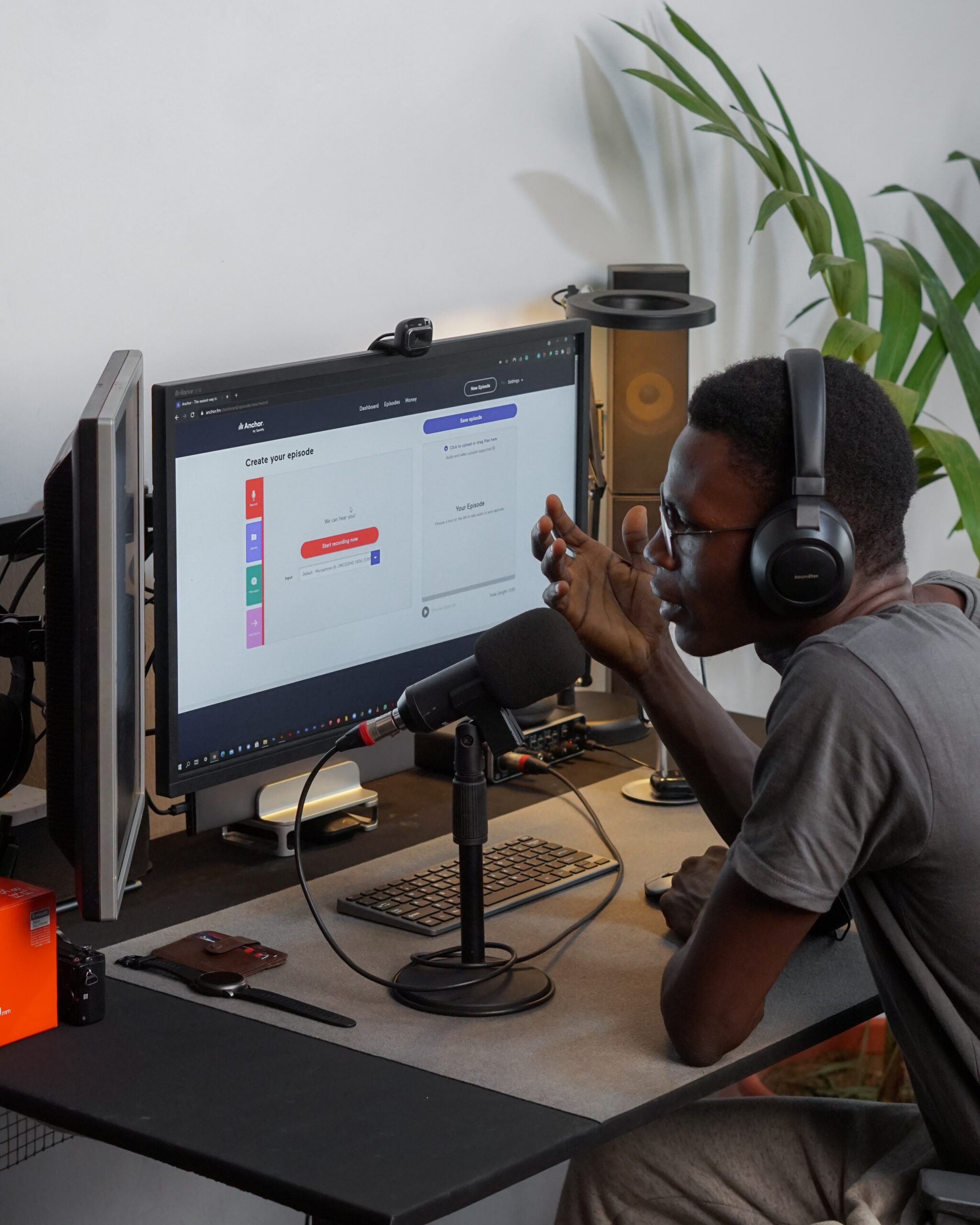Let’s talk supply chain…
E-commerce supply chains have faced over two years of extraordinary pressures and setbacks. The unprecedented COVID-19 pandemic, factory shutdowns, ports being overwhelmed, massive demand shifts, the Evergreen shipping boat fiasco, the list continues. Social media is awash with memes about the stress of working in the e-commerce supply chain, and it doesn’t look like relief is anywhere in sight; 2022 has brought the world, even more, shocks with extraordinary energy market changes and the largest ground war in Europe since World War II. Not to mention the rise of inflation, the continuation of the pandemic, and the lingering hangover it’s caused by two years of e-commerce supply chain disruptions.
So what do all of these scenarios have in common? They are difficult to predict and thus difficult to plan for.
But they’re not all created equal – some are shocks, and some are progressions of long-standing pressures. For example, few saw COVID coming (a shock), while most supply chain professionals have worried about supply chain e-commerce challenges and managed fuel and energy price impacts throughout their careers (long-standing pressures).
Shocks mean something big and fundamental has changed from one day to the next: Factory shutdowns in China in 2020, Evergreen blocking the Suez Canal, near stoppage at the port of LA. For these large events, there is simply no substitute for carrying more in-market inventory to give yourself more time to adapt to changes.
In other words, this is the opposite of the conventional e-commerce supply chain wisdom of the last few decades: don’t do lean and don’t pursue “just in time”. This approach is directly accepting the certainty of more cost now – carrying costs, excess and obsolete inventory risk, etc. – with the belief that it will avoid “bigger” costs later when the unexpected happens. How much “extra” inventory you need is a math and statistics question. In that way, this strategy can be understood as a form of insurance that takes capital away from other things – new product development (NPD), market growth, etc. Sometimes, this is the best call. The “next best thing” is a short e-commerce supply chain – local production, air freight, etc. Unfortunately, all of these come at a cost, and for some markets and some products, they just don’t work.
On the other hand, progressions reflect the continual evolutions of the markets we operate in. Sometimes these happen slowly, and sometimes they happen quickly enough to feel like a shock. Managing these is about knowing how and when to make decisions when the balance of forces shifts in a way that makes different operational approaches newly value-creative. In many ways, this is really about good management: understand your customers, understand your products, and how the supply chain that connects them creates customer value and beats e-commerce supply chain challenges.
The details matter here, so we’ve broken them down for you:
- Read your contracts and understand what you must pay for.
- Understand your actual operational performance to know what things you pay for that could be avoided.
- Understand how changing your operations can shift you into different structures and rates with your supply chain partners to avoid supply chain challenges.
- Do the math to determine the business cases for action and inaction. This balancing never lasts forever; be prepared to do and re-do this time and time again.
Responding to shocks and managing progressions well requires visibility and data, and judgement and business savvy to understand how the change in one segment cascades to the others – and how you can modify your operations to adapt.
Visibility and data are usually an output of your tools. Decision-making is usually not a product of tools, but a product of your management approach. Align the complexity of this approach with the complexity of your e-commerce supply chain challenge. Don’t be blinded by the promise of a complex tool to make decisions that you don’t understand, as disappointment will often follow. Change in simple supply chains can be managed with simple tools if you understand the problem, understand your e-commerce supply chain challenges, and have up-to-date visibility of the basic facts.

How does unybrands operate our supply chain?
At unybrands, we operate a mix of supply chains. Some are simple, and others complex. Some are short and some are long. We make changes to these e-commerce supply chains when we see opportunities to exploit the capabilities of our platform. We approach this by explicitly framing the assessment of individual shocks, progressions, and problems as either a flow problem, a scaling problem, or an efficiency problem.
Once we know what we are fundamentally facing, the next steps become much clearer. When doing the work and making decisions, we benefit from our exposure to many different brands, e-commerce supply chains, and products in our portfolio, and the learnings that follow. We also leverage a variety of commercial e-commerce supply chain tech solutions, plus home-grown systems, plus (of course) Microsoft Excel.
For Amazon Sellers in Germany, there have been recent changes and upcoming ones to cost structures. As announced earlier this year, Amazon changed European FBA fee structures and raised fees at the end of March. These past few weeks independent of Amazon, large freight carriers have announced “emergency” fuel surcharges citing fuel prices 50% higher than in just January.
With these examples, keep in mind what we’ve discussed earlier between long-term cost pressures and shock elements. These developments are in some ways a progression of long-term cost pressures, but at a pace, that may feel like a shock. These changes combine to increase pressure on large products that consume more transportation capacity. High cube and low weight products are especially impacted compared to last year as dimensional weight, rather than unit or dead weight, has a greater influence on Amazon’s new FBA fee structure. This creates a potentially shifting economic balance in procurement between fewer, larger orders for transport spend efficiency versus more, smaller orders for capital efficiency. And don’t forget to evaluate your products themselves – is there packaging efficiency to be gained? What does this mean for portfolio management and pricing?

Have more supply chain questions or want to learn more about selling your business? Connect with Dan on LinkedIn or contact us directly. Feel free to email the unybrands team at growth@unybrands.com and we’ll answer your questions tailored specifically to your business.







